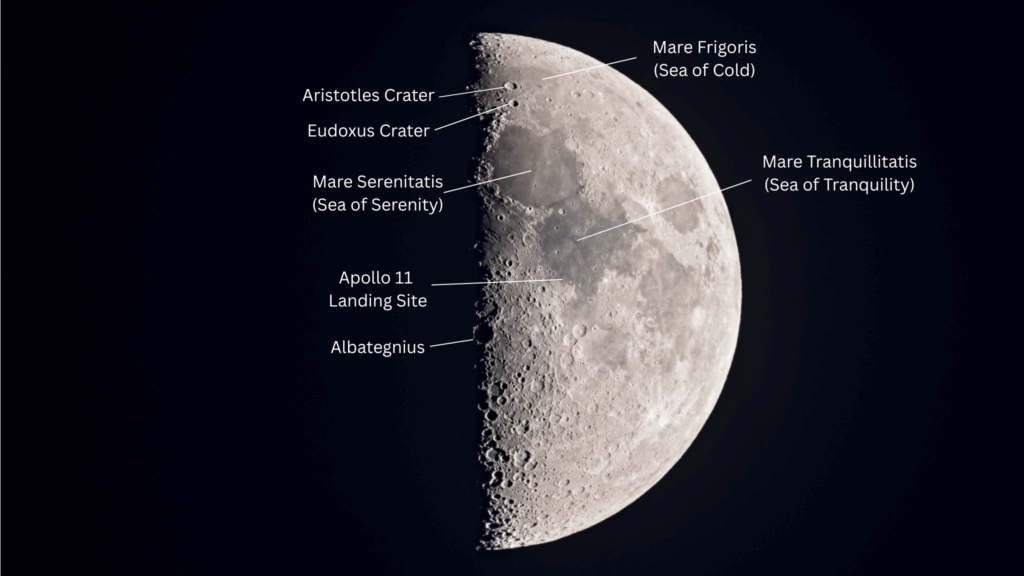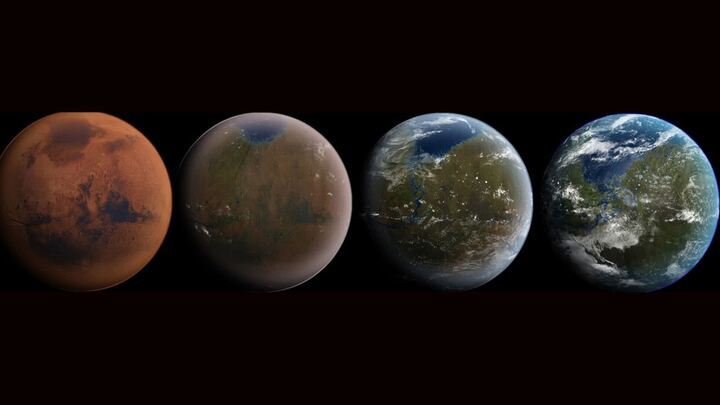The second test flight for Boeing’s Starliner crew capsule, known as the Orbital Flight Test-2 (OFT-2) mission, won’t lift off until late this summer. After months of delays, NASA and Boeing have pushed the launch from April to no earlier than August, citing severe weather and technical problems with the spacecraft’s avionics.
Boeing would be ready to launch the uncrewed Starliner spacecraft to the International Space Station in May if an earlier opportunity should arise, the company said in a statement. However, a May launch would depend on the schedule of other space station servicing missions, the availability of the United Launch Alliance’s Atlas V rocket and the Eastern Range spaceport, the company added.
“The Starliner team has completed all work on the OFT-2 vehicle except for activity to be conducted closer to launch, such as loading cargo and fuelling the spacecraft,” Boeing said in the statement. “The team also has submitted all verification and validation paperwork to NASA and is completing all Independent Review Team recommended actions including those that were not mandatory ahead of OFT-2.”
Related: Boeing’s 1st Starliner spacecraft lands in New Mexico after shortened test flight
Following a botched first test flight in December 2019, during which Starliner failed to reach the International Space Station, a review team at NASA identified 80 issues for Boeing to fix, mostly in Starliner’s software. This failure delayed the first Crew Flight Test (CFT), which is now scheduled to launch in September at the earliest. Flying on the CFT mission will be NASA astronauts Butch Wilmore, Nicole Mann and Mike Fincke.
The company’s engineers are currently conducting software simulations, including end-to-end confidence and integration testing that will serve as a mission dress rehearsal before future Starliner flights. Boeing said it expects to conclude all software testing in April.
The Starliner team is already preparing for CFT and recently ran an exercise with astronauts suiting up and climbing aboard the OFT-2 spacecraft for a fully integrated and powered checkout of life support and communications systems.

NASA’s Commercial Crew Program awarded Boeing a $4.2 billion contract in 2014 to launch between two and six crewed missions to the International Space Station on its new Starliner spacecraft. At the same time, SpaceX received a similar contract, valued at $2.6 billion, to launch NASA astronauts on its Crew Dragon spacecraft.
SpaceX is currently getting ready to launch its second operational mission with astronauts, called Crew-2, on Thursday (April 22). The company has already successfully completed both an uncrewed and a crewed test flight to the space station on Crew Dragon. SpaceX’s first fully operational mission with four astronauts, called Crew-1, launched to the station in November 2020 and is scheduled to return to Earth on April 28.
Follow us on Twitter @Spacedotcom and on Facebook.


